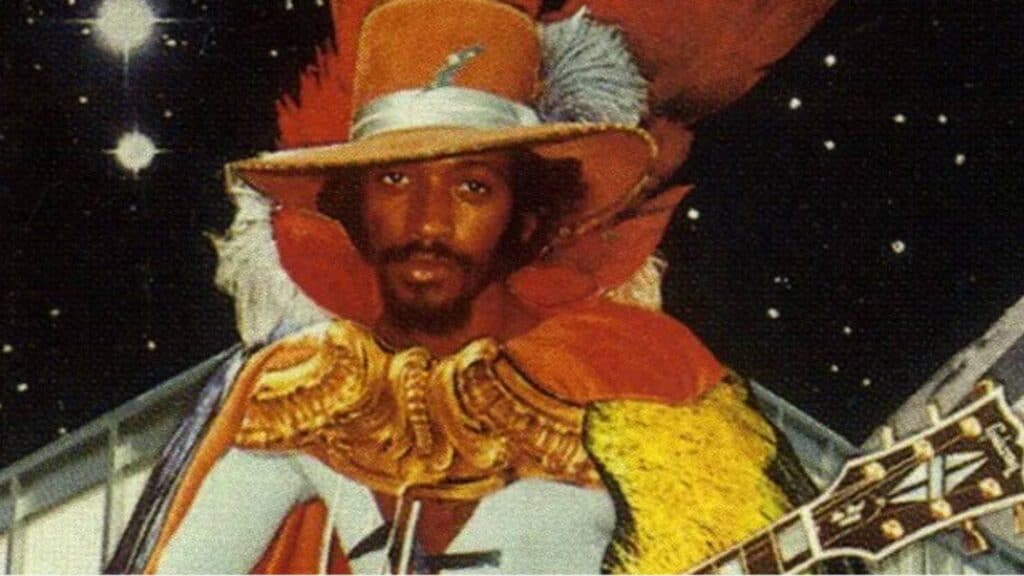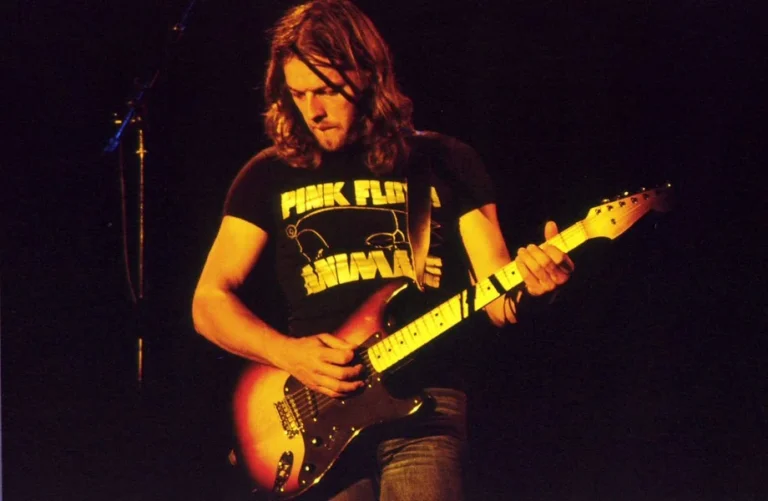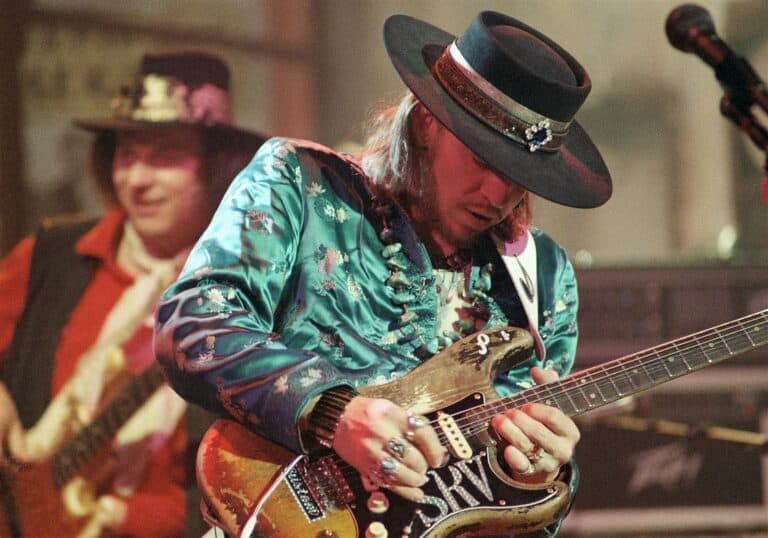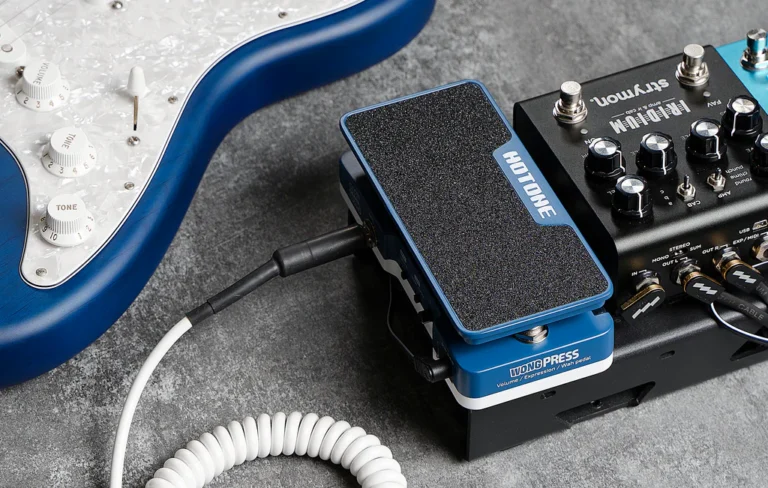Eddie Hazel’s “Maggot Brain”: A Guitar Solo for the Ages
Few guitar solos in history have achieved the emotional depth, technical brilliance, and lasting impact of Eddie Hazel’s performance on Funkadelic’s “Maggot Brain.” Clocking in at over ten minutes, this solo is not just a showcase of virtuosity but a masterclass in how to sustain emotion and engagement across an extended piece of music.
Let’s take a deep dive into Hazel’s legendary solo—his techniques, his gear, and why it remains one of the most inspiring guitar performances of all time.

The Story Behind the Solo
According to Funkadelic founder George Clinton, the inspiration for Hazel’s solo came from a deeply emotional place. Clinton reportedly told Hazel to “play as if you just heard your mother had died,” then, after a pause, added, “but then you found out she was still alive.” That sense of pain, longing, and eventual catharsis is woven throughout Hazel’s playing, making the solo feel like a deeply personal journey.
Techniques That Made It Legendary
1. Expressive Bending and Vibrato
Hazel’s solo is full of long, wailing bends that push the limits of emotional expression. He often bends notes a full step or more, squeezing every ounce of feeling out of each phrase. His vibrato is wide and slow, adding to the sustained, crying quality of his tone.
2. Sustain and Dynamic Control
A key reason this solo remains compelling over ten minutes is Hazel’s mastery of sustain and dynamics. He allows notes to ring out, then carefully controls their decay, using volume swells and subtle picking variations to shape the intensity of his phrases.
3. Call and Response Phrasing
Hazel treats his guitar like a vocalist, playing melodic lines that seem to answer one another. This keeps the solo from feeling monotonous, as he creates the illusion of a musical conversation unfolding in real time.
4. Blues and Pentatonic Scales with a Psychedelic Twist
At its core, the solo is heavily based on the minor pentatonic and blues scales, but Hazel also ventures into more dissonant and modal territory at times, adding to the solo’s otherworldly feel. His note choices and phrasing make it clear that while he was rooted in blues, he was thinking far beyond traditional blues soloing.
5. Wah Pedal Mastery
A defining aspect of Hazel’s sound on “Maggot Brain” is his use of the wah pedal. Instead of using it rhythmically (as many funk guitarists do), he rocks it slowly back and forth, shaping the tone of his phrases in an almost vocal-like manner. This adds an extra layer of emotion and drama to his playing.
The Gear Behind the Sound
Hazel’s haunting tone on “Maggot Brain” wasn’t just about his technique—it was also a product of his gear.
Guitar: Gibson Les Paul
Amp: Fender Dual Showman
Effects: Vox Wah Pedal (used extensively throughout the solo)
His tone is thick, warm, and full of sustain, but it’s not overly distorted. Instead, it has a smooth overdrive that allows every nuance of his playing to shine through.
Why “Maggot Brain” Still Stands Out Today
Innovation and Emotion Over Speed
In an era when guitar solos were often about technical flash, Hazel proved that feeling and storytelling mattered more than speed. His playing on “Maggot Brain” is proof that a well-placed note, played with conviction, can be more powerful than a flurry of fast licks.
Influencing Generations of Guitarists
Hazel’s solo has inspired countless players across genres. From Prince to John Frusciante (Red Hot Chili Peppers) to Kirk Hammett (Metallica), his approach to expressive soloing continues to resonate with musicians today.
A Timeless Sound
Despite being recorded in 1971, “Maggot Brain” still sounds fresh and relevant. The combination of vintage tones, deep emotion, and psychedelic exploration ensures its place in the pantheon of legendary guitar solos.
Conclusion
Eddie Hazel’s performance on “Maggot Brain” is not just a guitar solo—it’s an emotional outpouring, a sonic journey, and a moment of pure musical transcendence. His ability to hold a listener’s attention for over ten minutes with nothing but a guitar and a few effects is a testament to his genius.
If you’re a guitarist looking for inspiration, studying Hazel’s approach to phrasing, tone, and dynamics can provide invaluable lessons. And if you’re just a fan of powerful, soulful music, “Maggot Brain” will continue to move and amaze you every time you listen.
It’s more than a solo—it’s a feeling, an experience, and a legacy that will live on forever.





